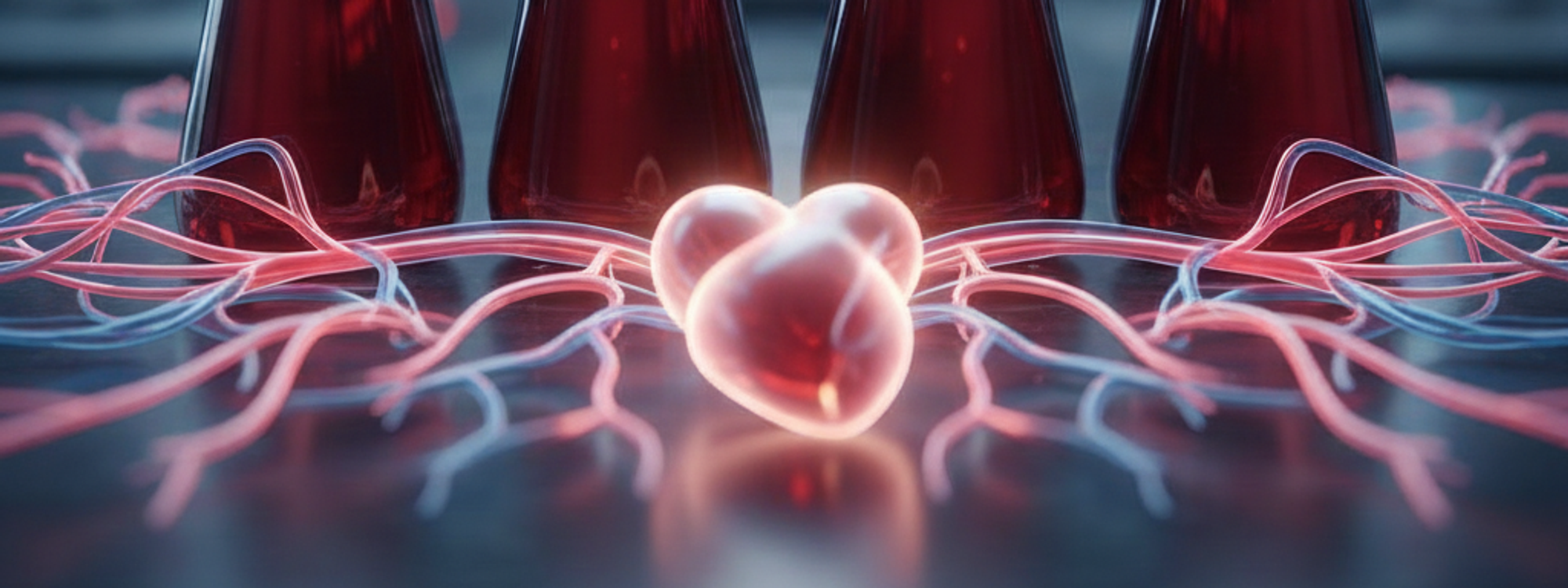
The science of blood transfusions has come a long way since its inception in the 17th century, when it was considered a potentially lethal procedure. Back then, the understanding of blood compatibility was limited, leading to a high rate of failures and, eventually, a ban on the practice in certain regions. It wasn't until the 20th century that the mysteries of blood types were unraveled, leading to safer and more successful transfusions.
In the early 1900s, a breakthrough in the understanding of blood types came about, which drastically changed the way blood transfusions were conducted. This discovery was the identification of different blood groups, a concept that challenged the previously held belief that blood was an identical tissue in all individuals.
Karl Landsteiner, an Austrian immunologist, is credited with this groundbreaking discovery. He identified the existence of four distinct blood groups: A, B, AB, and O. The differentiation between these groups was found to be based on the presence of certain antigens on the surface of red blood cells.
A blood type refers to the specific antigens and corresponding antibodies present in an individual's blood. The body's immune system uses these antibodies to neutralize any foreign antigens it encounters, such as those from bacteria or viruses.
There are two primary antigens found on the surface of red blood cells: antigen A and antigen B. In response to these antigens, the plasma can contain anti-A and anti-B antibodies, which work to neutralize and destroy any red blood cells carrying the corresponding antigen.
Let's understand how these antigens and antibodies define the four blood groups:
The presence of these specific antigens and antibodies plays a crucial role in determining blood compatibility for transfusions. If the blood groups of the donor and recipient are not compatible, the antibodies in the recipient's plasma can attack the red blood cells of the transfused blood, causing a harmful reaction.
Blood types also include an Rh designation: positive (+) or negative (−).
An individual's blood group is a genetic trait, inherited from their parents, and remains unchanged throughout their life. The distribution of these blood groups varies across different populations. While the AB blood group is considered the rarest in some populations, the distribution of A and B blood groups can vary significantly.